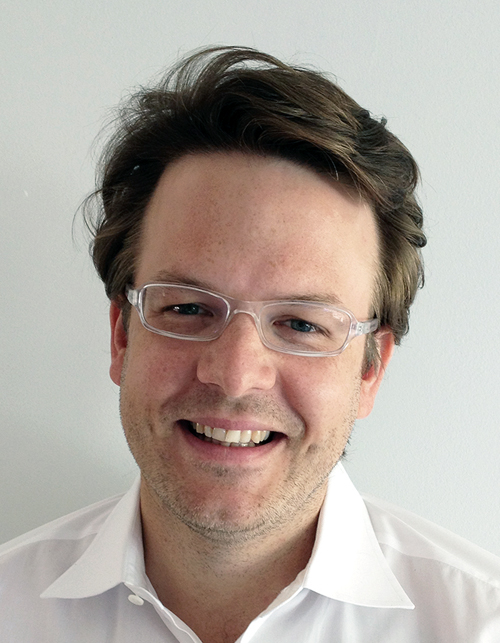'Hands down the most talented young investigator in lipid biology’
T, associate professor at the Yale School of Medicine, is the winner of the American Society of Biochemistry and Â鶹´«Ã½É«ÇéƬ Biology’s 2013 .

“I feel very honored and humbled by ASBMB rewarding our work on lipid homeostasis and storage with the Walter A. Shaw award. It is great to follow in the tradition of many excellent scientists, and I look forward to the discoveries to come.”
Throughout his career, Walther has worked on numerous cell biology problems, but a main focus is on cellular lipid droplets. His work on the subject has helped to propel lipid droplets into an important interest in cell biology with vast implications in multiple fields.
Together with his scientific partner, at the Gladstone Institutes and the University of California, San Francisco, Walther’s laboratory has been pioneering the domain. The team used a combination of systematic approaches, including RNAi screening, quantitative proteomics and cutting-edge microscopy to work out many mechanisms of LD formation and growth. One of his most recent achievements involved the use of proteomics data leading to the discovery of a feedback system that regulates phosphatidylcholine synthesis and LD growth.
Walther published his first paper as an exchange undergraduate student at the Southern Methodist University in Dallas. He obtained his Ph.D. in 2002 at the Ludwig-Maximilians University of Munich, working at the European Â鶹´«Ã½É«ÇéƬ Biology Laboratory, where he identified factors of nuclear pores assembly. He then joined the University of California at San Francisco for his postdoctoral training, during which time he studied plasma membrane organization and began his work on lipid droplets. From 2006 until 2010, he was group leader at the Max Planck Institute of Biochemistry in Martinsried, Germany.
, winner of the 2012 award, said in his nomination letter of Walther that in addition to Walther’s scientific contributions, “he has an amazing ability to effectively collaborate with others.” Farese said of Walther, “Put simply, I think he is an immensely talented scientist and hands down the most talented young investigator in lipid biology.”
Walther received his award and delivered an award lecture during the Experimental Biology 2013 conference in Boston.
Enjoy reading ASBMB Today?
Become a member to receive the print edition four times a year and the digital edition monthly.
Learn moreGet the latest from ASBMB Today
Enter your email address, and we’ll send you a weekly email with recent articles, interviews and more.
Latest in People
People highlights or most popular articles

In memoriam: David Baltimore
He was a Nobel laureate, president emeritus at the California Institute of Technology and an ASBMB member for more than 50 years.

In memoriam: Stuart A. Kornfeld
He was a pioneer in glycobiology and was a member of the Â鶹´«Ã½É«ÇéƬ and Â鶹´«Ã½É«ÇéƬ Biology for more than 50 years.

Top reviewers at ASBMB journals
Editors recognize the heavy-lifters and rising stars during Peer Review Week.

Cedeño–Rosario and Kaweesa win research award
The award honors outstanding early-career scientists studying cancer, infectious disease and basic science.

ASBMB names 2026 award winners
Check out their lectures at the annual meeting in March in the Washington, D.C., metro area.

Peer through a window to the future of science
Aaron Hoskins of the University of Wisconsin–Madison and Sandra Gabelli of Merck, co-chairs of the 2026 ASBMB annual meeting, to be held March 7–10, explain how this gathering will inspire new ideas and drive progress in molecular life sciences.

